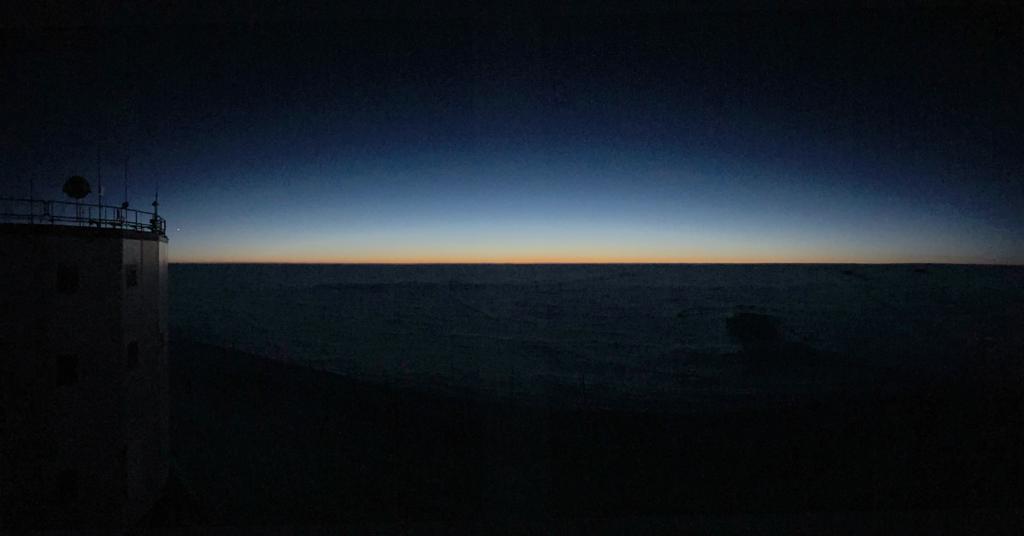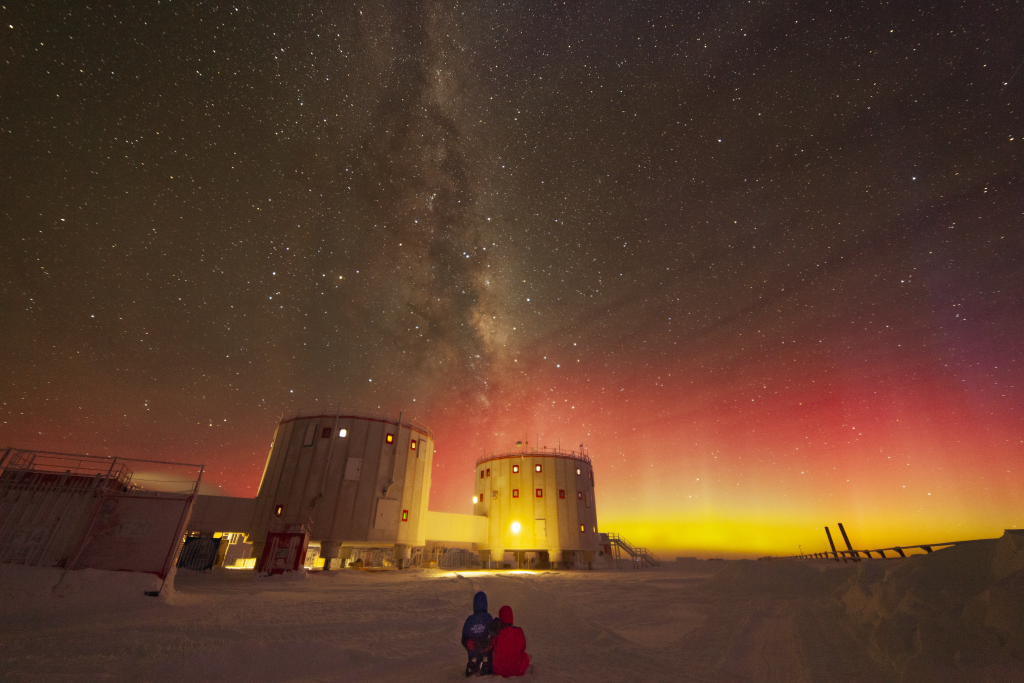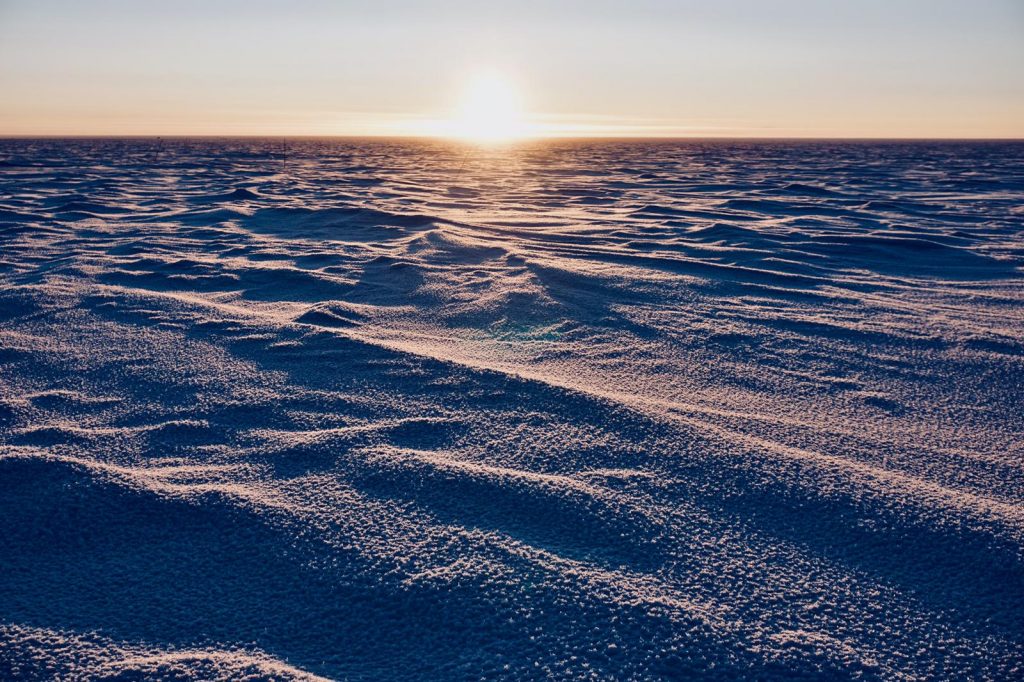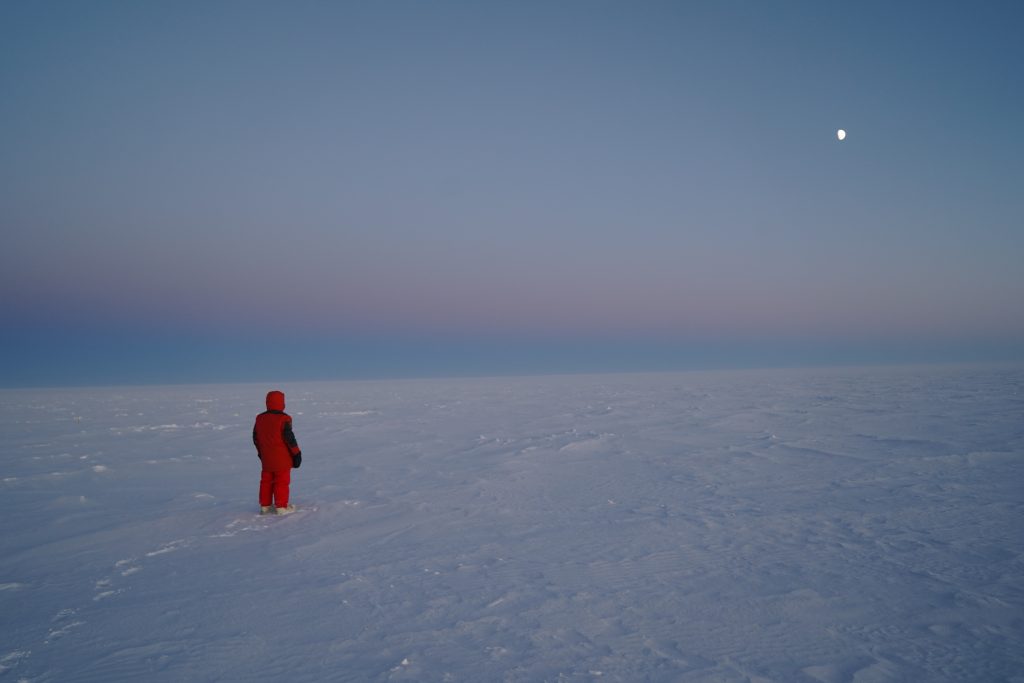Far away on the Dome C plateau in Antarctica lies Concordia station, one of the most extreme places where humans live and work. At 3200 metres above sea level, with winter temperatures plummeting to –80 °C and four months of total darkness each year, life here is harsher than almost anywhere else on Earth. Once winter sets in, no plane can reach the base; with the nearest human beings 600 kilometres away at Russia’s Vostok station, the crew at Concordia are more isolated than astronauts on the International Space Station.

Despite these hardships, up to 16 people spend a year at a time at Concordia in the name of science. Far removed from civilisation, the white world of Antarctica allows research that would be impossible elsewhere. Scientists study glaciology, seismology, astronomy and more, taking advantage of the clear skies and absence of light pollution to observe Earth’s atmosphere and the cosmos.

Concordia is operated jointly by the French Polar Institute IPEV and the Italian Antarctic Programme PNRA. Since 2005, it has hosted continuous research in one of the harshest environments on Earth. For the European Space Agency, Concordia offers something more: a unique testbed for human spaceflight. The thin air, isolation, sensory deprivation and lack of natural day-night cycles mirror the psychological stresses faced by astronauts, making the station a powerful analogue for life on the International Space Station, and a rehearsal for future missions to the Moon and Mars. Not for nothing, Concordia station is often called “White Mars”.

Each year, ESA sponsors a medical doctor to “winter over” at the station, living alongside the crew and conducting research on how humans adapt to such extreme conditions. Studies on sleep, mood, teamwork and physical health provide insights that help prepare astronauts for long-duration missions, while also benefitting medicine on Earth. This blog is home to the accounts of ESA-sponsored doctors during their winterovers at Concordia, sharing first-hand experiences of life in this unique laboratory.
Here, on the edge of our planet, a dedicated crew prepares for life beyond it.





Recent Comments